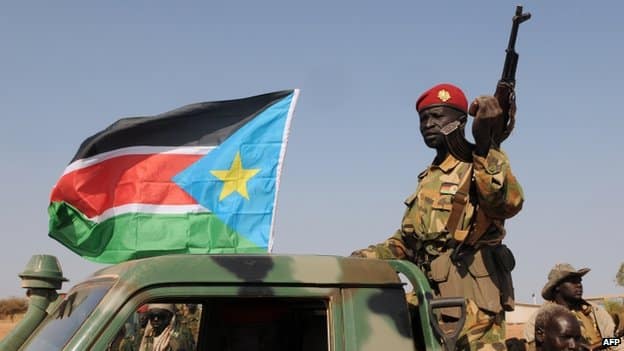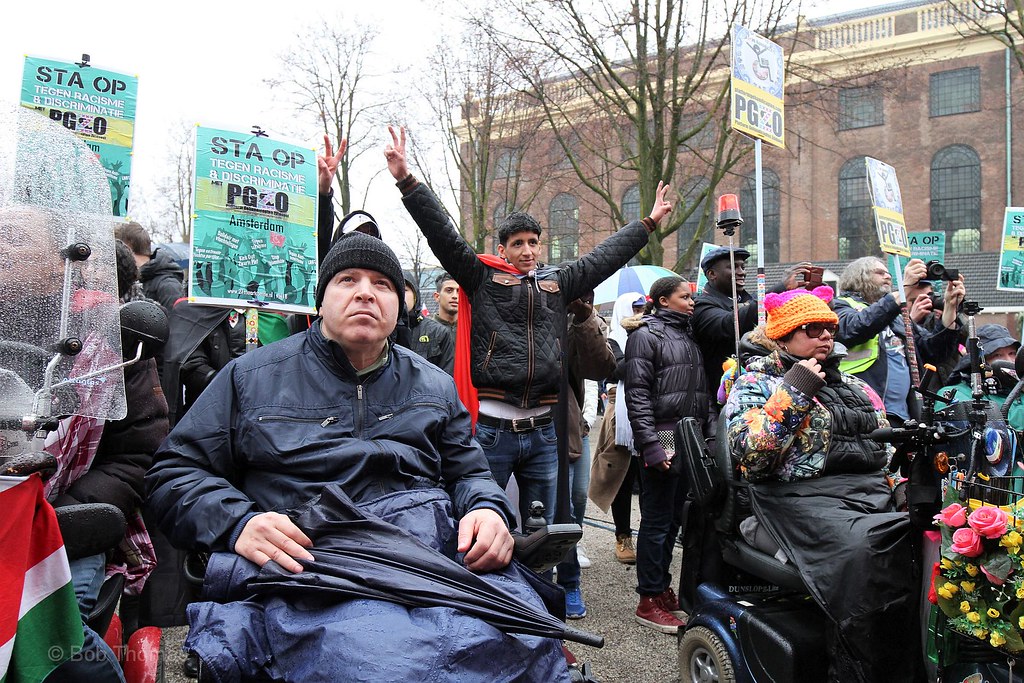Since December 2018 a rising amount of protests have been taking place in the country of Sudan. This started off as a reaction to the president's decision to raise taxes on food and petrol and a protest against low living standards. This quickly evolved into larger protests against the president and his regime, eventually even resulting in a military coup d'etat last month. Former president Omar al-Bashir was arrested. To this day, protests are still happening and have evolved into a place for the Sudanese people to come together and decide over their own future.
President Omar al-Bashir
The former president, Omar al-Bashir, has ruled the country for 30 years. He came into power after a military coup in 1989. At this time, Sudan was in the middle of a 21-year civil war between the north and south. His government was able to officially end that conflict in 2005. There was a peace agreement between the Southern part of Sudan and the rest for over six years. Even though officially there was peace in the country, many war crimes were committed. This time president al-Bashir was accused of organising these war crimes and crimes against humanity by the International Criminal Court. In 2011 South Sudan became independent, after a bloody fight with approximately 200,000 deaths, putting an end to the decades-long civil war between the north and south. And despite the accusations against al-Bashir, he was able to win the Sudanese elections in both 2010 and 2015.
The current protests
In December 2018, the government tried to boost the economy by raising taxes on all sorts of products. The US had been profiting from the Sudanese oil industry for a long time, which, according to al-Bashir, resulted in the critical state of the Sudanese economy. Therefore taxes were raised on petrol , but also on bread and other basic needs. This had a massive impact on the living standards of the Sudanese people and led to protests sparking in the east of the country. The protests quickly spread to the capital Khartoum too.
The focus of these protests also moved rapidly, from the newly implemented taxations to criticism against the whole regime. People started calling for the president Omar al-Bashir to leave. The protests reached a peak on the symbolic date 6th of April. On this day in 1985 dictator Jaafar Nimeiri was removed from power. This year hundreds of people marched to the Sudanese Army's headquarters in the Ministry of Defence's complex where they started a sit-in. The sit-in is still continuing this day. Instead of telling the protesters to leave, the army has protected them from attacks by the National Intelligence and Security forces. Civilians and the army started to work together in order to create a new government.
A women-led protest
The organisation behind the protests is the Sudanese Professionals Associations (SPA). What is striking in these protests is the high percentage of female participators. This amount is estimated around seventy percent. Many of the protesters are young as well, which makes sense given the young population of the country. One specific protesters has attracted special attention: a young woman, dressed in a traditional white Sudanese gown, stood atop of a car and led the chants coming from the crowd. A picture of her, holding her arm up and pointing skywards, has gone viral. People are referring to her as the 'Nubian queen' and see her as a symbol of demanding a revolution.
There have also been some issues within the organisation. At one point, a new campaign idea caused division within the SPA. They urged their members to do a big clean up, thinking that the clean streets would give new hope. However, the organisation reached out to women, "Kandaka", saying they are the ones that have to take care about this. Kandaka is a term referring to old queens of the Kush kingdom. The spokeswoman of this organisation said this contradicted what they stood for, and that they were part of the movement and of the people that had suffered right alongside everyone else.
What's next?
Currently, the army has taken over the government. The protesters are still ongoing, demanding that civilians get a say within the government. The country has issued a state of emergency which is supposed to last three months. It is estimated that it will take two years to get everything in order and build up a new regime. The African Union however, has demanded Sudan's military rulers to hand over power to a civilian authority within 60 days. Is this enough time for an orderly and stable transition in Sudan?
Sources: BBC, NRC, African Arguments, Al Jazeera, the National.





